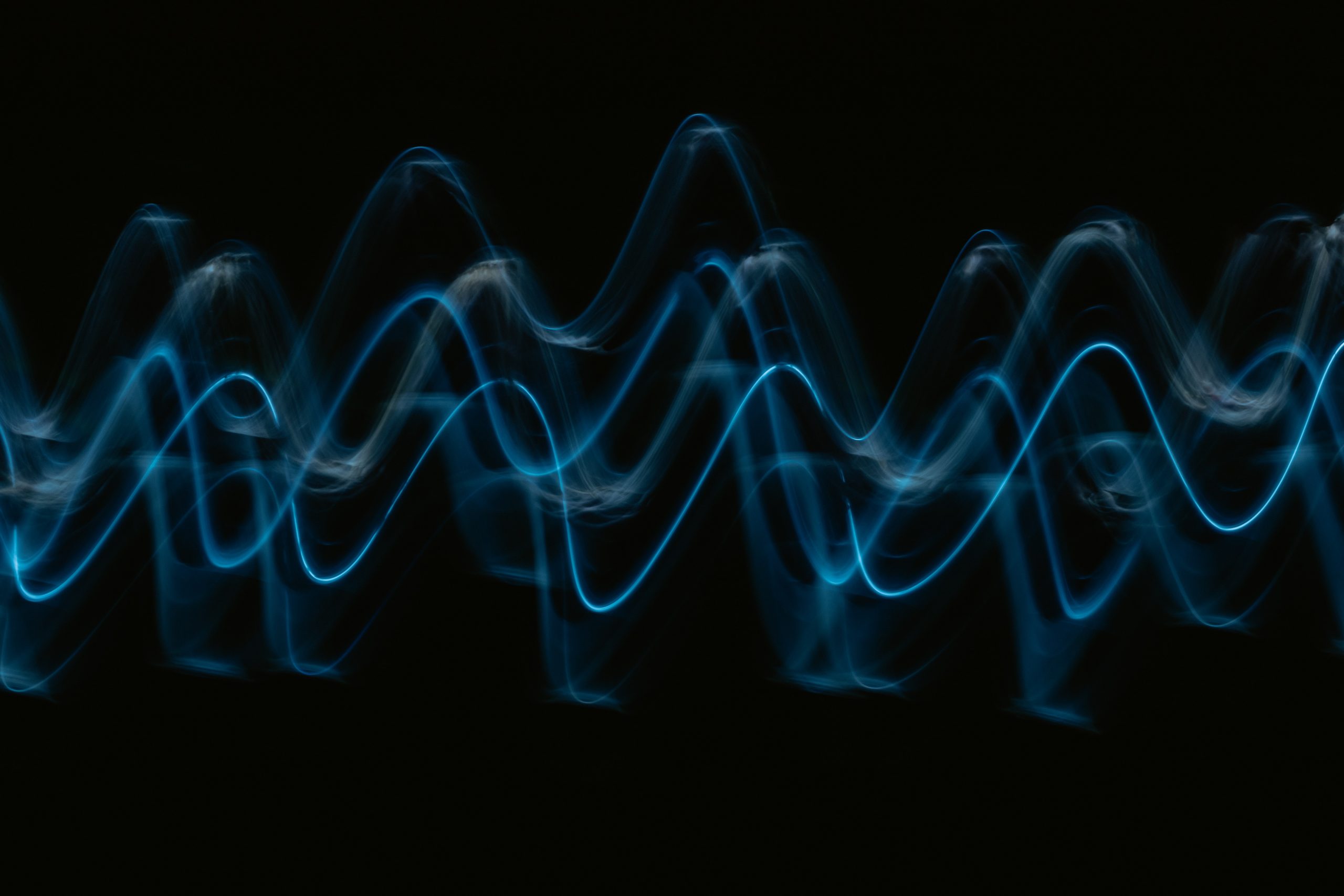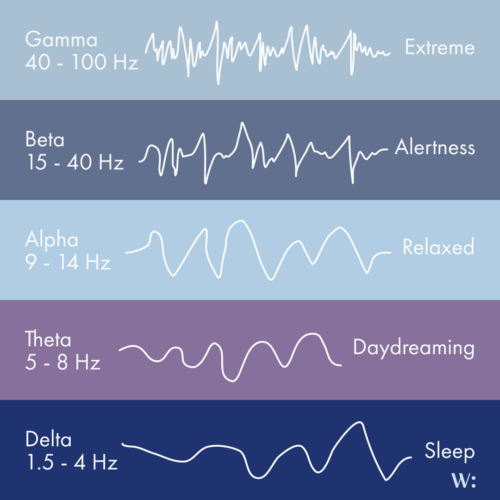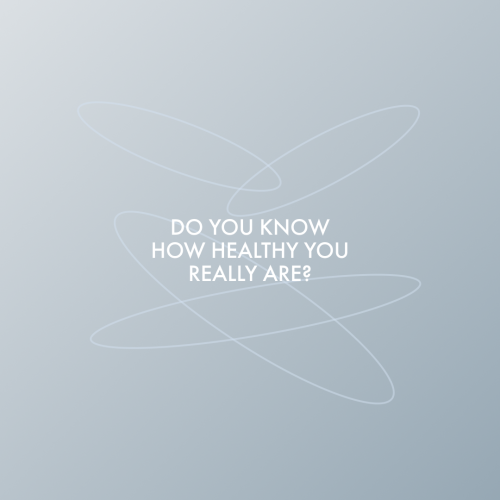Brain waves — the heartbeat of your mind
Brain waves are a core part of the biohacking world, and we would like you, and everyone in the world to know more about them. As this is one of those rare times when a scientific topic can be truly useful not just to scientists.
Do you remember your time in high school? Must have been quite some time ago. Do you remember biology and anatomy? They probably taught you a lot of information most of which had been buried under the sands of time. They probably didn’t teach you about brain waves. This absolutely fascinating topic!

Why do brains have “waves” and what are they?
A good way to imagine brain waves is like a heartbeat. When you’re exerting large amounts of mental effort, the brain will be in the high-frequency brain wave state, just like the heart would be in a high-frequency heartbeat when you are doing intense physical exercise.
On a biological level, brain waves happen when large groups of brain cells (neurons) act in unison. Because our brain is an electrochemical organ, these waves of activity are also electrical and can be picked up by devices such as EEG.
The spectrum of brain waves
Delta (1.5-4 cycles/sec)
Starting from the lowest-frequency brain waves, these are characteristic of deep, dreamless sleep. These brain waves are so slow that if they were just a few cycles/sec slower, the brain could be considered dead.
After a long working day, when you sublime into your soft and welcoming bed, if you’re so tired that you fall asleep in minutes, delta waves are likely to appear very soon.
Theta (5-8 cycles/sec)
At this point, the brain is half-awake or in a daydreaming state. This state is characteristic of heightened creativity, random idea generation, and sometimes a sense of being somewhere else.
At work, before your morning coffee, your brain is likely to fall into a theta state. But it can also appear when you’re driving on a freeway for a long time, taking a shower, or meditating. Novel ideas are often generated during this state. Typically, this is a very pleasant state to be in.
Alpha (9-14 cycles/sec)
When your brain is showing alpha wave activity, it means that you’re probably feeling quite calm and relaxed, but not as if you’re in a warm bathtub, rather like when you’re walking in a park, or reflecting on the things you’ve done during the day or taking a short break from mental activity.
That state when you are immensely immersed in a task and do it with absolute ease (the flow state) usually happens on the border between alpha and theta.
Beta (15-40 cycles/sec)
Now the brain is truly working. And this has become the most common state of human existence. Beta activity is strong when you are actively engaging in a task, whether it’s having a gripping conversation, actively studying, driving in the city, or solving a complex problem.
On the higher end of the beta frequency, we have activities such as public speaking, debating, teaching, or hosting a talk show.
Gamma (40-100 cycles/sec)
Some experts might not even include this brain wave state in their list, likely because it’s still a relatively new concept. This state is rather rare and appears when the brain is in absolutely extreme situations.
Near-death visions might be explained by a surge in gamma activity. Some Buddhist monks have been able to elicit gamma brain activity too.
One of the most mind-blowing and magical things about the brain is that brain waves can be altered!

What does it mean to alter your brain waves?
You might have noticed that some brain wave states seem more “helpful” in some situations than in others. When you are trying to fall asleep, your brain might be in a high-frequency beta state which will make us feel frustrated and keep us from falling asleep.
Other times, when for example driving, your brain might be in a low-frequency theta state, when it would be better (and much safer) if it was in a high-alert beta state.
And this difference between brain wave states is the exact target of brain wave-altering biohacking.
Side question: Could we change brain waves to burn calories?
The human brain is an insanely energy-hungry organ. It represents only 2% of our body weight but consumes 20% of our total caloric energy. If intense brain activity consumes more energy, can we just put ourselves into a high-frequency gamma state all the time to burn calories?
Technically yes! More calories would be burned during intense mental activity, but this difference would be very small (about 5%), so out-thinking a hearty Thanksgiving dinner probably wouldn’t work.
Besides, there are far more fascinating and useful ways in which brain wave altering can help you. Keep reading.
How to harness brain waves to improve performance and well-being
People who are experienced in meditation can sometimes be able to control their brain waves, but for everyone else, there are other options as well.
There are proven methods for altering your brain wave activities. Some of the most well-known ones are PEMF therapy and neurofeedback therapy. They can also potentially help you enter the flow state.
And it’s not something just straight out of the lab. These methods have been around for decades, and just recently professionals (and non-professionals) have started using them as measures to improve cognitive performance and mental wellbeing.
If that caught your attention, we would suggest reading some of our other articles about PEMF therapy, and brain mapping — methods that utilize this quite impressive power of our brains to change brain wave states.
More from the magazine
Selected stories from our Team








